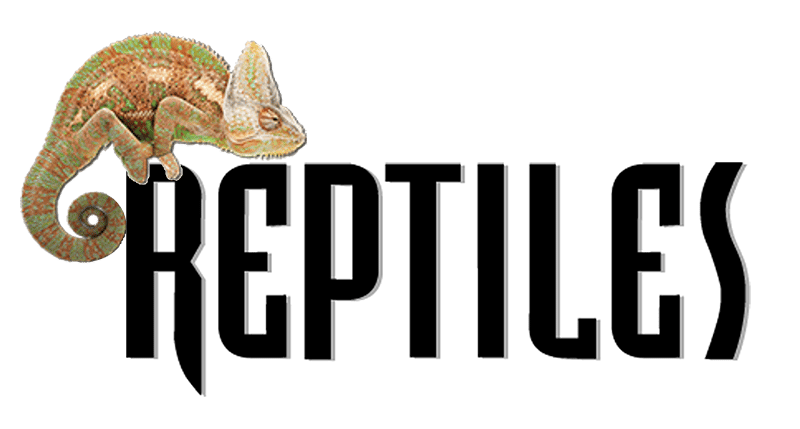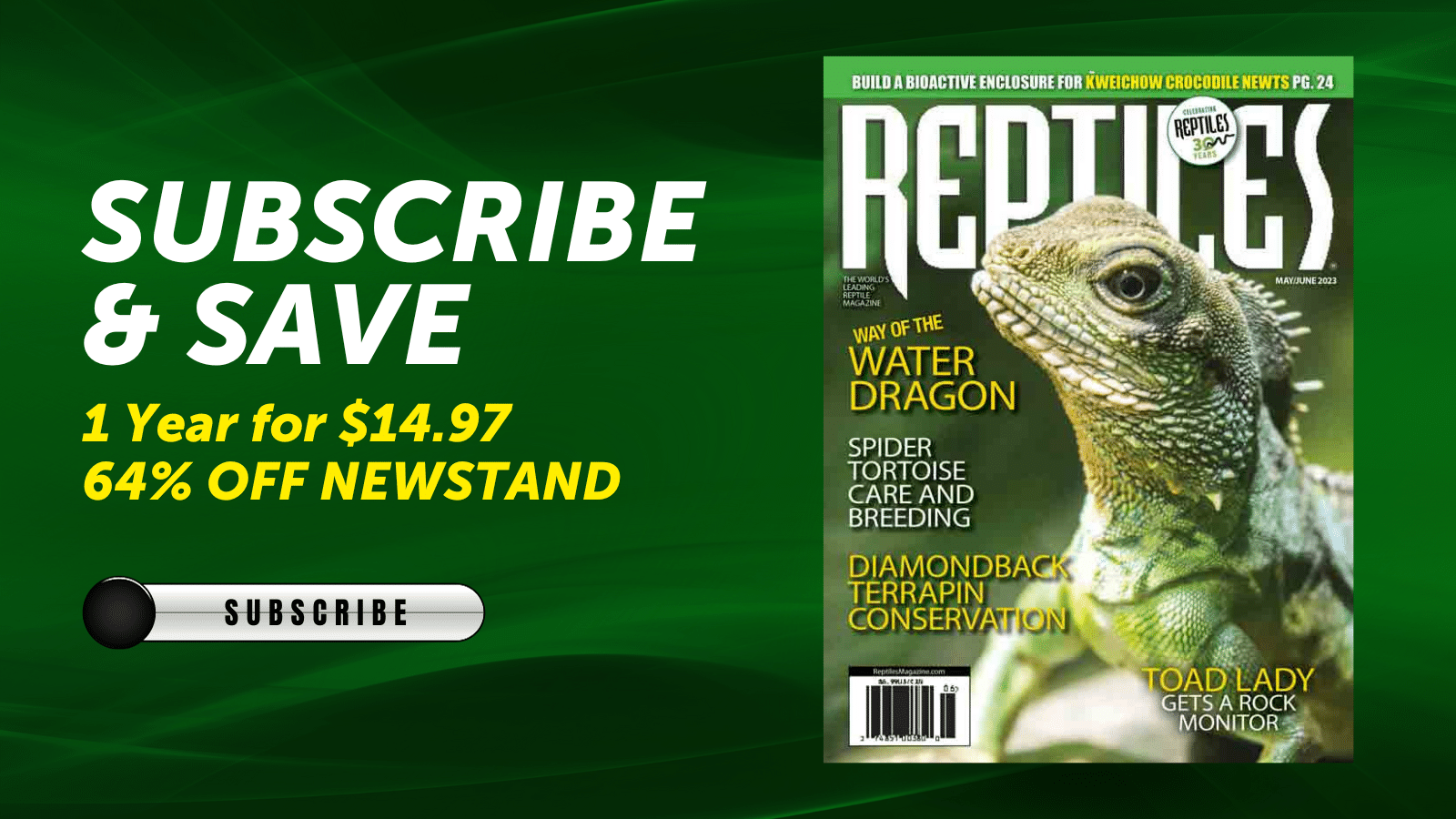It is estimated that less than 1,000 Baw Baw frogs remain in the wild.
The Baw Baw frog (Philoria frosti), an amphibian endemic to Australia’s Mount Baw Baw plateau in Victoria that winters under the snow, has been successfully bred for the first time at the Melbourne Zoo in Australia. The frog, a rarity in the amphibian world in that it thrives in colder climates, is estimated to have a wild population of less than 1,000 individuals.
This is a milestone for Damian Goodall, amphibian specialist with the Baw Baw frog recovery program at the zoo who first had success with collected eggs in 2013 that produced 96 froglets. Getting the frogs to breed was a challenge until recently.
Snow-Dwelling Frog Faces Extinction As Researchers Try To Save Species
Goodall at the zoo experimented with foods, as they had no idea what the amphibian fed on, and settled on springtails, a termite-like insect that were rich in calcium, and slaters, also known as pill bugs and rolly polly’s.
Figuring out what the frogs liked to eat helped to further the breeding effort, and this year the zoo was successful.
‘‘We have been able to create bio-secure facilities, with tested life support systems, including water filtration that can protect the frogs against pathogens and fungi,’’ Goodall told the Sydney Morning Herald.
‘‘We can now have a foundation to create these micro-climates, which can be adapted for different species and environment for future work, (such as) an upcoming recovery program for some of Papua New Guinea’s frog species.’’

